Fires, floods, and earthquakes. Disasters unfortunately happen, but when they do, your data doesn’t have to be vulnerable. This article will review what features make for a great BDR solution and explore some of the best BDR software solutions on the market. Let’s get started!
Here’s a quick overview of our top picks for the best BRD software solutions:
- N-able Backup Provides one of the best round BDR solutions for any size business
- BarracudaMSP Specifically designed for resellers, great multi-tenant features
- Storagecraft Shadow Protect Provides simple BDR solutions with great scheduling options
- Veeam Backup & Replication Flexible packages for small businesses, enterprises, and MSPs
- Acronis Cyber Backup Offers BDR testing and automated recovery playbooks
- Carbonite Fast, continuous cloud-based backups for quick failovers and recovery
What to look for in a BDR software solution?
Not all Backup Disaster Recovery (BDR) solutions are created equal. Understanding your needs as an organization will help filter exactly what tool you’re looking for. In most cases, organizations looking for a reliable BDR software solution will want to ensure their tool has a few key features.
Flexible Backup & Restore Option
Different types of backups can serve different purposes, with more robust tools offering many different options. For example, hourly incremental backups are great for restoring lost or accidentally deleted files. However, those incremental backups might be lost if a disaster took out the server room. As a result, many enterprise solutions offer different backup methods to choose from.
In the case of a BDR solution, you’ll want to ensure the tool supports offsite replication. This process compresses all files on the network and securely transfers them to the cloud or a disaster recovery site of your choosing. Then, depending on your BDR strategy, the sysadmin can spin up a network from cloud backup or set up hardware at a secondary location and use the offsite backups to resume work.
In contrast, having a backup physically available on site is a good option for quick recovery. If a host were to fail, data collected before failure could be used in a new environment. In addition, many BDR solutions support taking snapshots, which essentially create a clone image of the environment. Having recovery options that are hardware agnostic is also important if your site lacks redundant hardware.
BDR software should allow administrators to quickly schedule different backups throughout the day, week, or month. Scheduling large backups after hours avoids slowing down the LAN and maxing out available bandwidth during working hours.
Protection
Backups can contain everything an organization has regarding data, so protecting it should be a top priority. Many backup solutions offer encryption or enforce encryption by default—examples for solid. For example, if encryption range from AES-256 to FIPS 140-2. This helps protect sensitive files from theft while also ensuring the organization remains compliant across HIPAA and PCI DSS standards.
Protection can go beyond encryption. Accidentally deleting a backup or destroying its contents can be devastating during a BDR scenario. Look for solutions that have protections in place to prevent this. For instance, incremental backups are often read-only by default. This allows technicians to restore files but not change the contents of the backup.
Customizable Features
Every environment is different in terms of their goals and how they want to conduct their BDR plan. A significant part of successful disaster recovery is ensuring your backups are working. Look for tools with a robust, intuitive dashboard that quickly highlights issues in the backup process. Visually these metrics can be displayed in a network operation center to alert NOC staff of problems. Testing your backups is key to relying on them during a disaster. Ensure you have a procedure in place to test your backups and look for recovery testing features in your backup solution.
On the other hand, look for integration into other platforms of flexible alerting and automation. If problems happen during a backup, catching these issues ASAP is key to preventing data loss. Flexible alerting via email, text, or messaging platforms like Slack ensure no matter where you manage your team, they’re always in the loop. Alternatively, similar integration can be used to send alerts directly to helpdesk teams. This process can automatically create a ticket, set its priority, and notify technicians.
How is backup disaster recovery different from regular backups?
When you think of backups, you might think of copying data from one place to another, like from your PC to an external drive. However, BDR solutions go beyond this to create additional redundancy for both on-site and off-site backups. BDR also focuses on speed by making backups available quickly in the face of a disaster.
A traditional external drive backup may be fine for a small network or home office, but in an environment where hours of downtime equates to thousands of dollars lost, you’ll want to consider a BDR software solution.
Who needs a BDR software solution?
BDR software isn’t for everyone, but it is for most businesses. For personal data, users have a variety of cloud backup options to choose from. These solutions often automatically sync their phones, desktops, and tablets to the cloud, where they can recover from if their device is stolen or destroyed.
For businesses, a simple cloud backup like this usually won’t suffice. Companies have the application, network resources, shortcuts, and operating systems they rely on to work effectively. Organizations leverage BDR software over simple backups for increased privacy, better protection, and the ability to recover their workforce quickly in the event of a catastrophic event.
In short, ask yourself this question. How much money would a network outage cause my company? Is an hour of downtime acceptable? A day? A week? If your ability to do business relies on computers and network resources, chances are a BDR software solution is the right option choice for your environment.
With crucial questions and features out of the way, let explore some of the best BDR software solutions available.
The Best BRD Software Solutions
1. N-able Backup
N-able Backup is a flexible solution for medium to large-size businesses to back up their data and serve as a critical part of their BDR plan. Many features are designed to support multiple locations and networking, making it an ideal solution for MSPs or businesses looking to provide DRaaS.
There are numerous ways administrators can recover. N-able provides backups for 365 environments, physical and virtual servers, and recovery to bare metal. On the front end, an intuitive dashboard allows users to view their backup status and bring critical issues front and center.
For organizations with environments spanning multiple cloud services, the platform supports hybrid-cloud models and enables administrators to manage backups from local and WAN storage environments centrally.
To soften the impact on network resources, N-able leverages its TrueDelta technology. This essentially takes slices of backups based only on changes made, rather than copying everything twice. This is great for incremental backups and enables tech support to recover lost files for users quickly.
Images are secured using tried and true encryption methods, allowing admins to choose from AES 128, AES 256, or 448-bit Blowfish encryption to protect their data via private keys. Additionally, N-able offers secure data storage at their locations for companies looking to store their files elsewhere but doesn’t have a secondary site.
These locations are SSAE compliant, and ISO certified; for companies that adhere to data retention policies outlined by HIPAA or PCI DSS, data archiving is also available for specific file types or directories.
N-able provides some of the most flexible options and full back and recovery options for any size network. In addition, you can test-drive N-able backup utterly accessible through a 30-day trial.
2. Barracuda Backup
Specifically marketing towards MSPS, Barracuda Backup provides a BDR solution that you can use for your environment and resell to others through an intuitive multi-tenant solution. Additionally, users can easily manage multiple clients and locations from a single management console for backup health and reporting.
The platform utilizes a subscription model approach, making pricing easy to understand, manage, and resell to your customers. Like similar solutions, Barracuda Backup can back up data across local, cloud, and hybrid environments and restore to everything from virtual servers to bare metal.
The service offers offsite vaulting, allowing organizations to store regulatory data for long periods at an affordable price. This cold storage solution can function automatically and move local backups to the vault in timed internals through the Barracuda appliance.
Businesses that wish to use their cloud storage or already have storage options such as AWS can configure the tool to store data in the environment you specify. In addition, all backups are encrypted immediately using AES-256 bit encryption.
This solution does come with its hardware and software, which Barracuda offers next-day hardware replacement and new hardware every four years for free. However, pricing varies depending on the amount of storage required and the model of hardware purchased. You can get more accurate pricing details by requesting a quote.
3. Storagecraft Shadow Protect
Storagecraft Shadow Protect offers businesses a complete backup disaster recovery solution paired with options for incremental backup for on-premise recovery. Through a series of customizable and straightforward wizards, users can set up numerous backups and specify both local and remote locations.
Through a scheduling feature, sysadmins can consolidate incremental backups into days or months and then have those backups stored off-site. This provides a flexible way to quickly restore files when accidentally deleted while having the peace of mind that full network-level replications occur.
All backup options have robust encryption options and support recovery to nearly any environment. In addition, bare metal recovery is hardware agnostic, and for virtual environments, the platform supports numerous hypervisors, including ESXi and Microsoft Hyper V.
Like similar solutions, Storagecraft Shadow Protect gives you the options to replicate wherever you choose. This can be your own BDR site or across the public and private cloud. In addition, images are easily tested with the option for automatic testing through the scheduling feature.
Storagecraft Shadow Protect is a solid product, ideal for most medium to large size networks. However, I would like to see improvements to the dashboard, with features that make it easier to troubleshoot issues during replication or backup.
4. Veeam Backup & Replication
Veeam Backup & Replication focuses on providing fast and effective backup and recovery in an easy-to-use platform. The tool does a great job at designed friendly interfaces and makes even enterprise-level backups easy to configure. Veeam offers three services in slightly different ways marketed towards the enterprise, small business, and managed service providers.
Veeam has everything you’d expect from a BDR solution. Flexible backups support multisite, local, and cloud recovery. In addition, enterprises can benefit from either the Veeam Availability Suite or the Veeam Backup and Replication package.
The primary difference is that the suite supports intelligent diagnostics, additional reporting, and improved remediation tools. Additionally, both products are licensed per protected workload. A workload can be a server, desktop, or cloud environment. Any location you back is one workload.
Smaller businesses with under 50 workloads can use Veeam Backup Essentials to combine recovery and monitoring services that are priced competitively with similar competing tools.
The platform offers both backup and recovery as service options for managed service providers, making this a solid choice for MSPs shopping around. Additionally, this BaaS/DRaaS combination package comes with an integrated service provide a package that helps you resell Veeam’s benefits to your customers.
Lastly, the platform markets its services as a kind of ransomware recovery option. This makes it easy to recover from a ransomware attack, even if all your files are encrypted. Since incremental backups are already encrypted, malware cannot modify them, allowing you to recover your file after an attack.
Veeam does a great job packing its service offering based on industry and business size, but I would like to see more of the same options included across all packages. Pricing is based on the number of licenses and will vary across different environments and backup needs. You can download a trial version to test it out for yourself.
5. Acronis Cyber Backup
Acronis Cyber Backup provides robust BDR solutions, Backup as a service (Baas), and DLP services. The brand is known for its reliable product and transparent pricing models, securing its place on our list of best BDR software solutions.
Acronis does a great job at eliminating complexity when dealing with backups. Through a series of integrations and simple setup wizards, users can consolidate and backup their data across the cloud, LAN, and virtual environments. Acronis supports virtualization platforms like RedHat, KVM, Oracle VM, Citrix Xen, VMware, and Hyper-V. Licensing is simple and based per host, meaning no need to count how many VMs you need to recover.
Users can restore files, snapshots, or entire environments through an intuitive recovery process in just a few minutes. Simplicity and ease of use are where Acronis shines, which is critical when minimizing downtime during a disaster.
Acronis integrates with AI-powered ransomware protection that can automatically detect Ransome, remediate it, and restore the encrypted files from an incremental backup. For businesses, the platform offers failover features that allow users to recover resources if their live files become damaged or unavailable automatically. A highlight feature of the platform is runbook orchestration.
This playbook helps sysadmins automate disaster recovery scenarios and ensure systems are restored and restarted in the correct order based on dependencies between applications. In addition, administrators can run detailed recovery plans in test mode through a simple drag and drop editor to ensure they’re ready if disaster strikes.
You can test out Acronis Cyber Backup free through a 30-day trial.
6. Carbonite
Carbonite offers both business and consumer-level backup, recovery, and migration tools designed to be easy to use and reliable. However, rather than bundle all their features into a single product, Carbonite offers services related to BDR across multiple products like Carbonite Recover, Carbonite MIgrate, and Carbonite Availability. While it would be nice to have these options in a single product, this gives companies a more flexible approach to how they want to implement BDR and pay for only what they need.
The BDR solution focuses on launching backed-up environments as quickly as possible to minimize downtime. Replications can be set to store in the cloud, in a local environment, or both. This provides businesses with the flexibility to recover quickly while knowing their data is also safely stored elsewhere offsite.
Replication is continuous, meaning users can pick up right where they left off without losing data. This provides better reliability than incremental backups set to copy every hour or day. In addition, Carbonite comes with numerous self-tests and reports users can run to validate their compliance and ability to recover in the face of an emergency.
While Carbonite might be known for itsFor example, if consumer-based protection, it’s clear they have a very mature and capable BDR software solution ready for business environments.
L’article Best BDR Software Solutions est apparu en premier sur Comparitech.

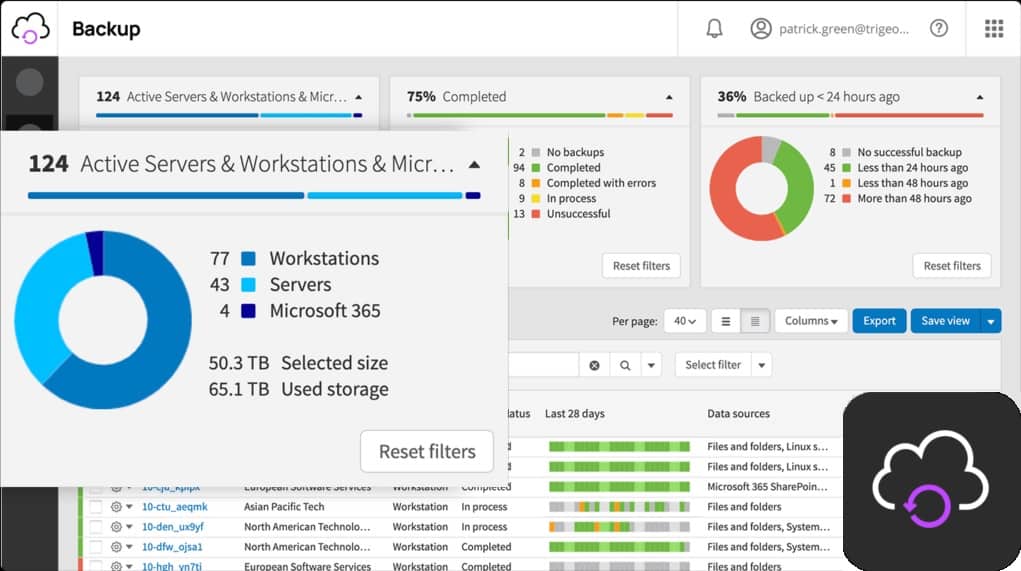
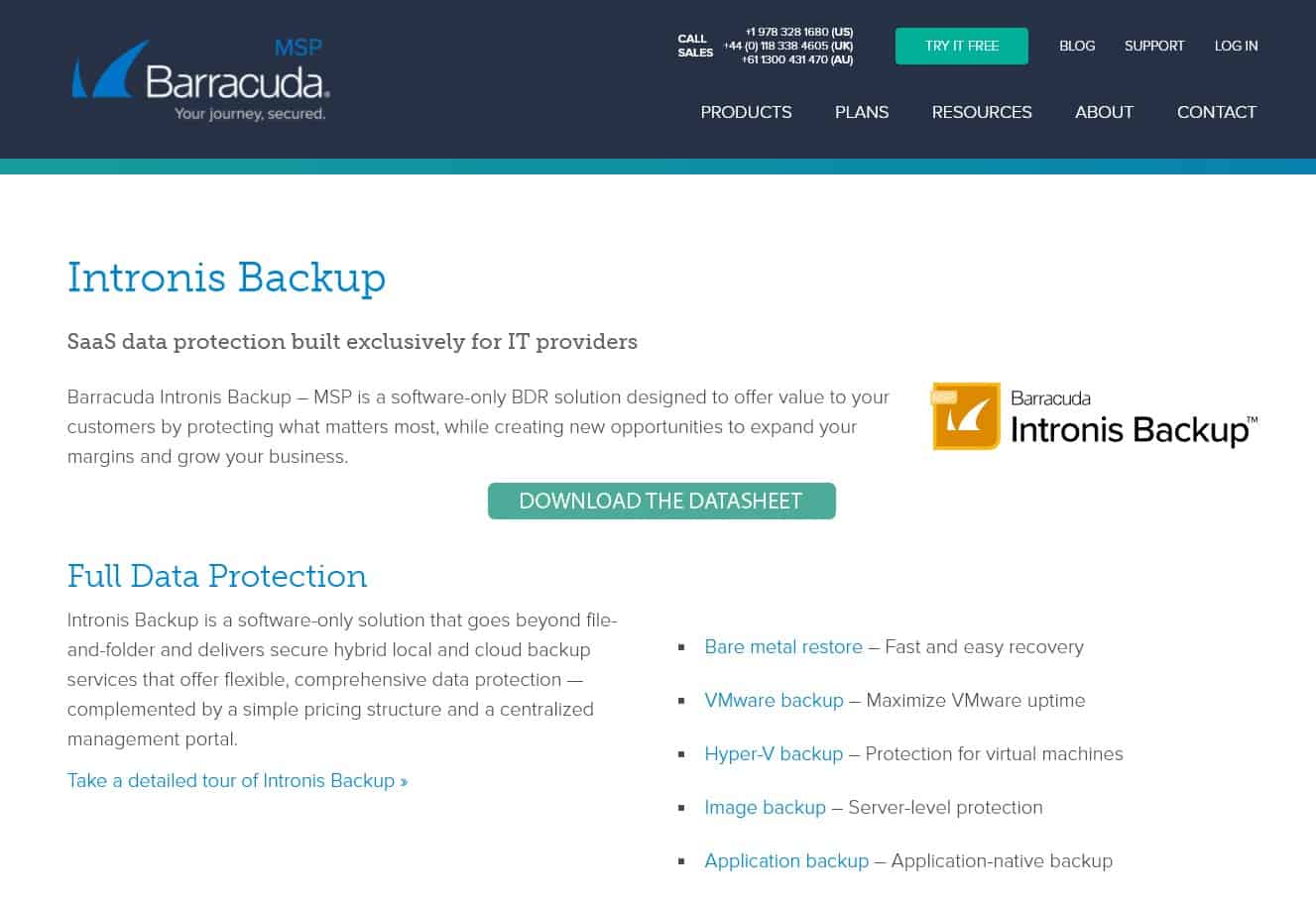
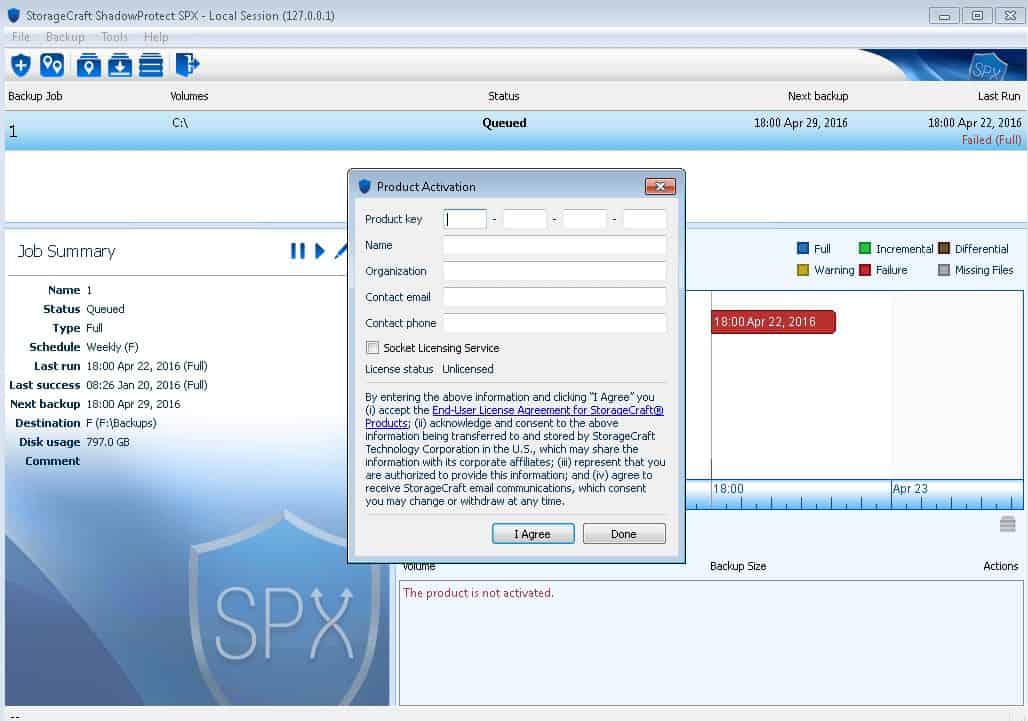
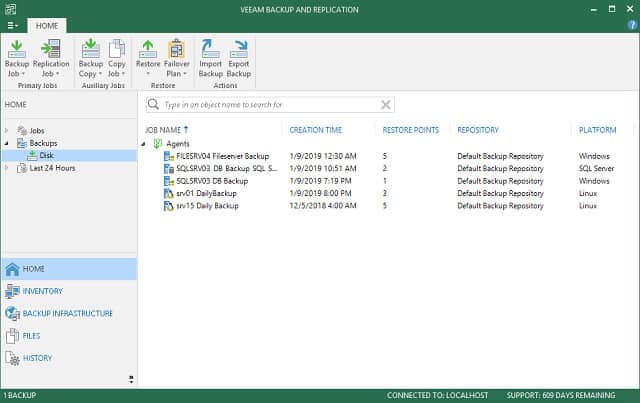
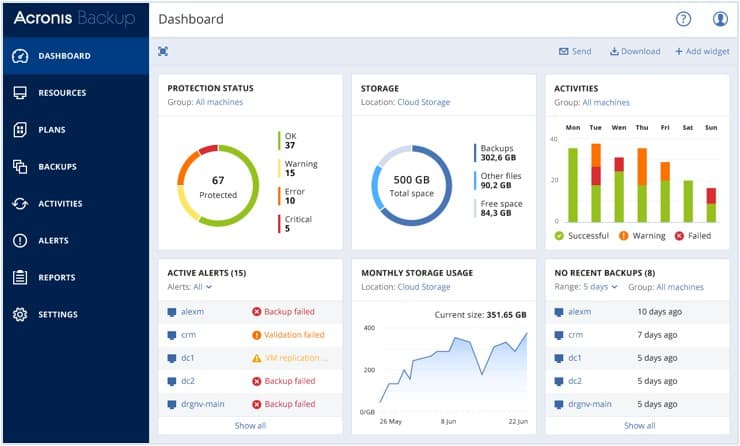
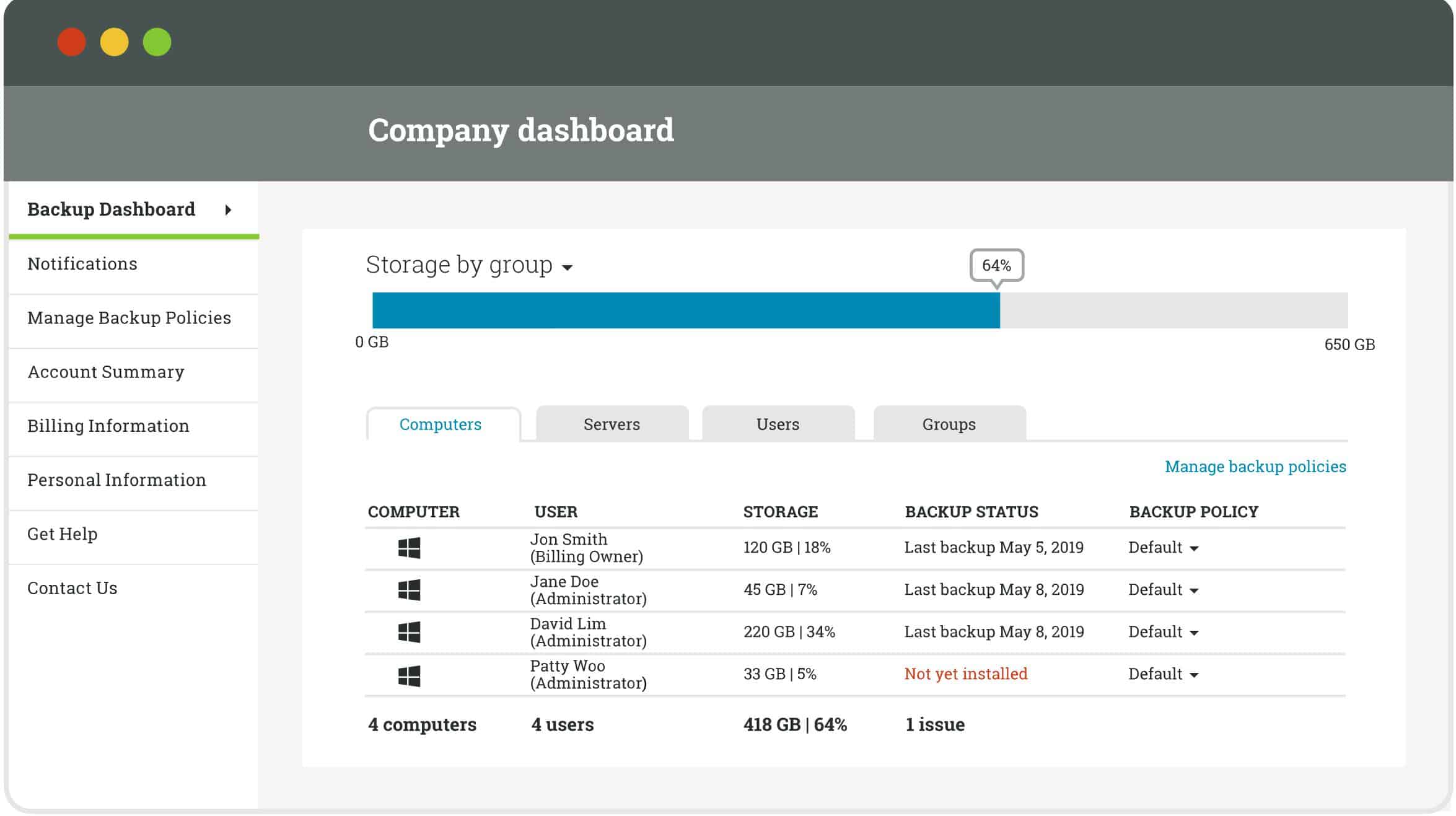
0 Commentaires